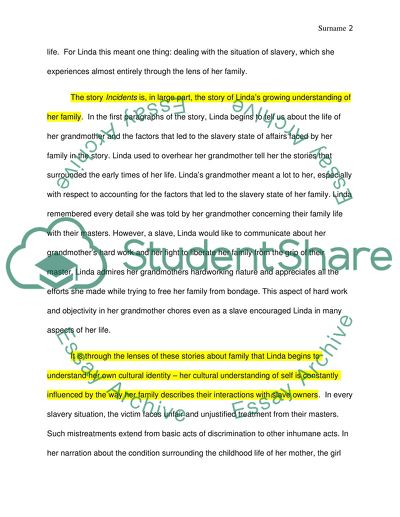Cite this document
(“Incidents Essay Example | Topics and Well Written Essays - 1250 words”, n.d.)
Retrieved from https://studentshare.org/english/1395589-essay
Retrieved from https://studentshare.org/english/1395589-essay
(Incidents Essay Example | Topics and Well Written Essays - 1250 Words)
https://studentshare.org/english/1395589-essay.
https://studentshare.org/english/1395589-essay.
“Incidents Essay Example | Topics and Well Written Essays - 1250 Words”, n.d. https://studentshare.org/english/1395589-essay.


